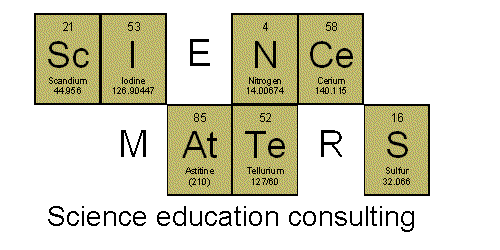Middle/High School Edition
I'm not sure when I first learned about foldables, but I'm sure glad I did.
Basically, foldables are a whole series of different ways to organize information - there are tables, booklets of all types, 3D structures, and more.
...it's good for kids to learn a variety of ways to organize information.
...it turns boring note-taking into something more interesting.
...they are a great addition to a portfolio or interactive notebook
Dinah Zike's books
...First, each type of foldable contains several examples of topics for which you might use that foldable.
...Then, each science topic has a list of foldables you might use to organize the information in that topic.
It's hard to read, but that's a whole list of ways you might use foldables when studying plate tectonics!
As a science teacher, I like the Zike's books related specifically to science (it makes it that much easier for me!), but it would be easy to adapt these basic organizing techniques to any subject area. In fact, Zike has written books on math








































